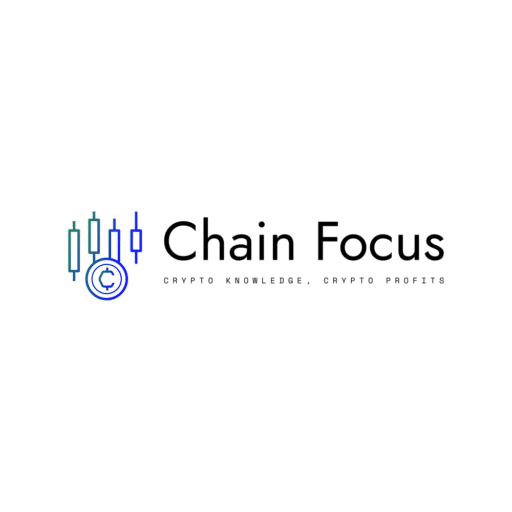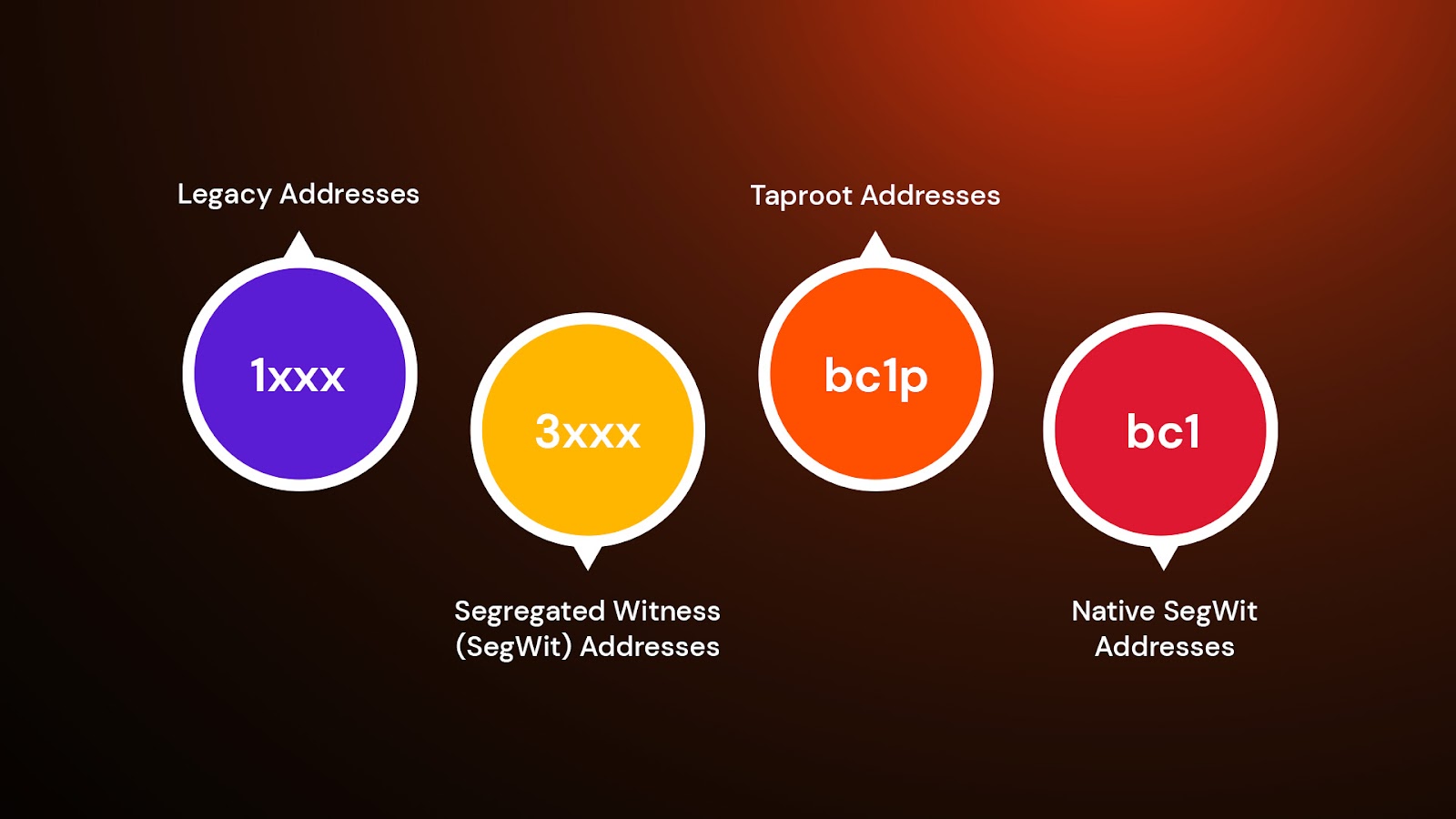Struggling with Ethereum’s slow, costly transactions? Polygon’s bold multi-chain tech slashes fees and speeds up blockchain activity effortlessly. Find out how it works.
Polygon Crypto is grabbing attention as a key player in the blockchain world, especially for those curious about Ethereum but frustrated by its slow transactions and high fees. So, what is Polygon exactly? At its core, it’s an Ethereum scaling solution designed to make blockchain interactions faster and cheaper. Just the kind of thing that lessens the headache of using Ethereum in real life.
Ethereum is famous for enabling smart contracts and decentralized apps (dApps). But with popularity comes congestion. When the network gets too crowded, transaction fees soar, and things slow down. Enter Polygon. According to Coinbase, Polygon serves as a Layer 2 (L2) framework that helps Ethereum scale. It does this by offering two main tools: sidechains and zk-rollups.
“Polygon combines the best of Ethereum and sovereign blockchains into a full-fledged multi-chain system.” – Polygon Technology
Sidechains are separate blockchains running parallel to Ethereum’s main chain. They take on the heavy lifting, processing transactions off the main Ethereum network. The result? Reduced load and quicker processing times. When transactions are validated on the sidechain, their results get anchored back to Ethereum. It’s like having an express lane for your transactions.
zk-rollups are a newer innovation Polygon integrates. “zk” stands for zero-knowledge. It’s some fancy cryptography that bundles hundreds of transactions into a single proof. This proof is then verified on the Ethereum chain. The big win here is security without overloading the main chain. Binance suggests zk-rollups could be a game-changer for scaling strategies.
Polygon’s native cryptocurrency is the MATIC token. MATIC isn’t just a payment method but also powers the network’s security through staking. Holders can stake MATIC to validate transactions and earn rewards. This ties users’ financial interests to the network’s health, a clever ecosystem design.
Transaction fees are Polygon’s biggest talking point. Ethereum’s fees can be, frankly, ridiculous for small transactions. Polygon slashes these costs dramatically. How? By offloading transactions to less congested networks (sidechains) or compressing multiple transactions into one (zk-rollups). The results are ridiculously low fees—often just a fraction of a cent.
To put it bluntly, Polygon is playing a vital role in making Ethereum usable for everyday applications and global projects that can’t afford slow and expensive network interactions. It’s no wonder that big players, from DeFi to gaming projects, are jumping on Polygon’s bandwagon.
Industry experts acknowledge Polygon’s impact. The Ethereum Foundation itself nods to layer 2 solutions as crucial for Ethereum’s future. Polygon’s multi-chain approach offers both versatility and breadth of scalability. And with ongoing upgrades, including more advanced rollups, it’s positioning itself not just as a sidekick to Ethereum but a powerhouse in its own right.
Just to keep things real: while Polygon floors Ethereum’s usual snags, it’s not a miracle cure. There are trade-offs, like some sacrifices in decentralization, which purists won’t love. Still, for those who’ve sat through Ethereum’s transaction times hoping for a faster fix, Polygon probably feels like a breath of fresh crypto air.
To catch up on the buzz or dig deeper about this promising project, check out professional resources like Coinbase, Binance, and, of course, Polygon’s official site. These sources provide a clear window into how Polygon is shaping blockchain’s next frontier.





